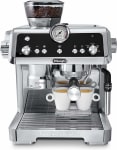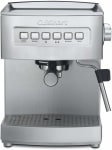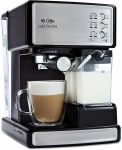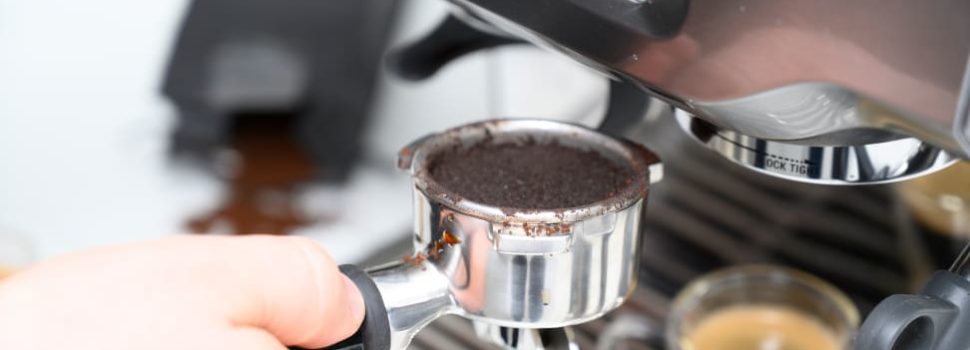
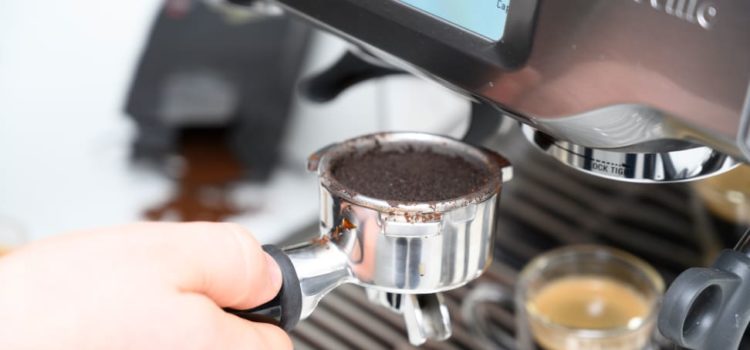
THE BEST ESPRESSO MACHINES OF 2019
Kitchen & Cooking December 5, 2019 mahbub
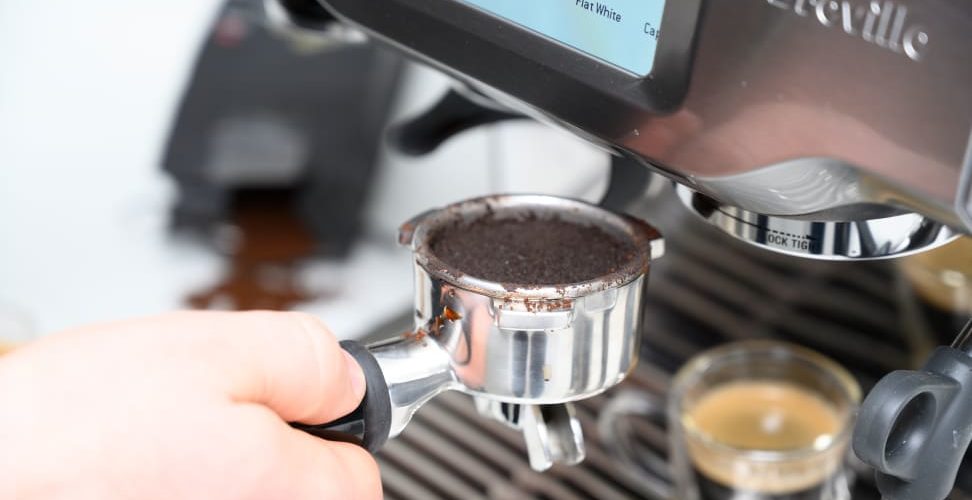
If you’re serious about home brewing, your counters host an arsenal of coffee products, including a coffee grinder, pour-over coffee maker, and French press. But how’s your espresso game? Like most people, you probably have to head to the nearest coffee shop and pay more than you’d like to get a shot of that liquid gold.
Shelling out $5,000 for an entry-level, at-home espresso machine like a La Marzocco is unrealistic for most people. But making espresso at home doesn’t have to be a fantasy. If you’re willing to spend between $500 to $1,000 and have the patience to learn, you can have quality espresso right in your kitchen.
To help you navigate the world of espresso, we selected 10 of the most top-rated and popular espresso machines across mid-range price points and put them to the test. We judged the machines on both objective and subjective test results, including ease of use, durability, versatility, and taste. Although our best value pick, the Gaggia Classic Pro (available at Amazon) pulled the most delicious shots of coffee, we chose the Breville Barista Touch (available at Amazon for $972.99) as our winner for its convenience and excellent performance across a variety of tasks. With its intuitive touchscreen design, it’s a perfect appliance for both beginners and experienced espresso snobs who appreciate consistent and high-quality shots of coffee.
Here are the best espresso machines we tested ranked, in order:
- Breville Barista Touch
- Gaggia Classic Pro
- Breville Infuser
- De’Longhi La Specialista
- Breville Barista Pro
- De’Longhi Dedica
- Breville Bambino Plus
- Cuisinart EM-200
- Mr. Coffee Cafe Barista
- Sowtech Espresso Maker
Our Favorite Espresso Machines of 2019
-
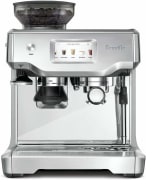 BEST OVERALL
BEST OVERALLBreville Barista Touch
-

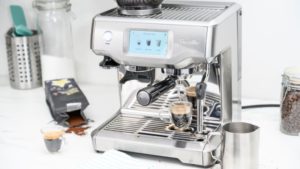
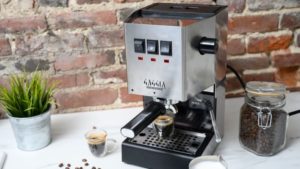
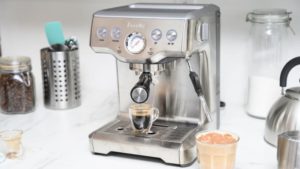
How We Tested
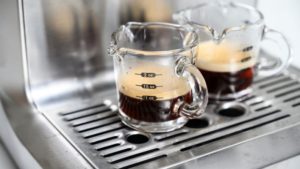
The Tester
I’m Valerie Li, Reviewed’s cooking and kitchen staff writer—and I’m an avid coffee and tea drinker. For me, a day officially starts when I take my first shot of espresso, brewed by my beloved De’Longhi machine. From moseying to 7-Eleven for a quick caffeine fix to traveling to Blue Mountain plantation in Jamaica, I’ve sampled coffee of many different origins and varieties. Like everyone else at Reviewed, I’m passionate about scientific testing, which I use alongside my own palate to judge a good shot of espresso.
The Tests
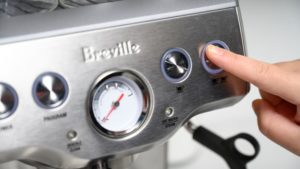
We spent around 80 hours researching and testing 10 espresso machines that are popular on the market. In our tests, we used Peets’ Major Dickerson coffee beans to find out if each machine was able to produce coffee with the same flavor profile.
We used our favorite coffee grinder, the Baratza Encore (available at Amazon), to dial in the espresso machines that don’t come with a built-in grinder. For the ones with built-in grinders, we also took into account the reliability and ease of use of the grinders, measured by how long it took to dial in the best shot of espresso. We evaluated the consistency of the temperature, taste, and the frothing wands’ ability to create microfoam for latte art. We pulled four shots and frothed two cups of milk from each machine and asked our Reviewed staff to participate in the taste tests.
What You Should Know About Espresso Machines
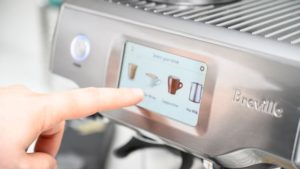
Venturing into the world of espresso machines is like learning a new language. To help you get started and choose an espresso machine that’s best catered to your needs, here are some things to know about brewing basics.
What Does ‘Dialing In’ Mean?
Dialing in refers to modifying the dial on the side of the grinder until the barista has the right grind setting to the right brewing time and brewing ratio, controlling the ultimate taste of the coffee. This is the first thing we looked for when testing each machine, and it’s important to understand as you begin making espresso.
What’s a Brewing Ratio?
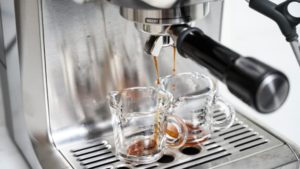
The next thing you’ll need to know about espresso shots is the brewing ratio, which is the weight of ground coffee to the weight of liquid espresso in the cup. By adjusting the ratio of a shot, we can change the taste and mouthfeel of the espresso. Generally, a 1:1 to 1:2 ratio is a ristretto espresso, a 1:2 to 1:3 ratio is a normale espresso, and a 1:3 to 1:4 ratio is a lungo espresso. The smaller the ratio, the more full-bodied the texture, but the larger ratio entails more clarity in the shot. To put the ratio into context, a typical cup of brewed coffee is around a 1:15 ratio.
To achieve the most precise shot of espresso, we highly recommend buying a digital scale to measure the coffee grounds. Every country (and even specific regions within countries) has different brewing ratios, as the barometric pressure varies because of climate, which leads to changes in the humidity of the coffee grounds. We took the brewing ratio to heart and measured the ratio during our tests to best eliminate any chance of unfair judgment on a cup of coffee.
What’s a Portafilter?
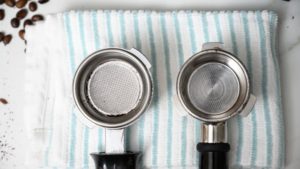
A portafilter is a spoon-like device that houses the coffee grounds and attaches to the grouphead (brewing head) while the brewing process takes place. It has a handle, a spout, a filter basket, and a spring clip. Typically, an espresso machine offers two sizes of filter baskets. For more advanced machines, it might include four filter baskets that include two single-walled filter baskets. The single-walled baskets are for experienced users, who are more comfortable with creating espresso shots with personal preferences.
To securely attach the portafilter to the brewing head, insert the notches (on the edge of the filter) under the grouphead and give it a slight twist. Although the mechanism is almost always the same, different types of portafilters can suit different needs. For beginners, it’s wise to start with a pressurized portafilter as it gives the ground coffee additional pressure to ensure consistency. It greatly reduces small mistakes that newbies might make in terms of tamping and grind size. As your skills improve, you can move onto the more advanced portafilters and baskets, such as those that are bottomless.
How Much Pressure is Enough?
By forcing hot water under high pressure through finely-ground coffee beans, an espresso machine, either automatic or manual, produces the syrupy, dense drink we can’t live without. In 1884, Italian inventor Angelo Moriondo patented the first known steam-driven espresso machine—and now with electricity, they’re even more powerful. Today, the optimal output pressure on the grouphead is between 9 to 10 bars. To acquire such pressure, the water pump must achieve 15 bars, minimum. There are machines with more powerful pressure pumps on the market, but for at-home use, we don’t think anything exceeding 15-bar is necessary. It might also increase your utility bill!
What Difference Does a Steam Wand Make?
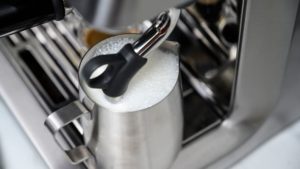
To create the most nuanced latte, an espresso machine must be able to produce silky, velvety microfoam without large bubbles. The quality of the steam wand sometimes changes the whole value of a machine as the lower-grade ones tend to create milk foam that’d be called a “latte-cino,” which is a barista’s nightmare.
What’s the Verdict on Built-In Grinders?
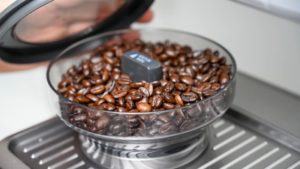
In our roundup, we tested four machines with built-in burr grinders. It was hard to judge whether having a built-in grinder was a pro or a con because it was impossible to find out how well-made the grinders are. Although Breville sells the burr replacements on Amazon, it may still be a hassle to have to fix a broken grinder. Another point to keep in mind is to avoid oily coffee beans if you’re determined to buy a machine with a built-in grinder, as the oil increases the difficulty of cleaning and maintaining. For coffee drinkers with a tight budget, we advise dividing the budget in half and getting a high-quality grinder as opposed to focusing only on the espresso machine. It’s especially important because a low-end grinder doesn’t allow you to micro-manage the size of the grind, which makes it impossible to dial-in a perfect double-shot of espresso.
